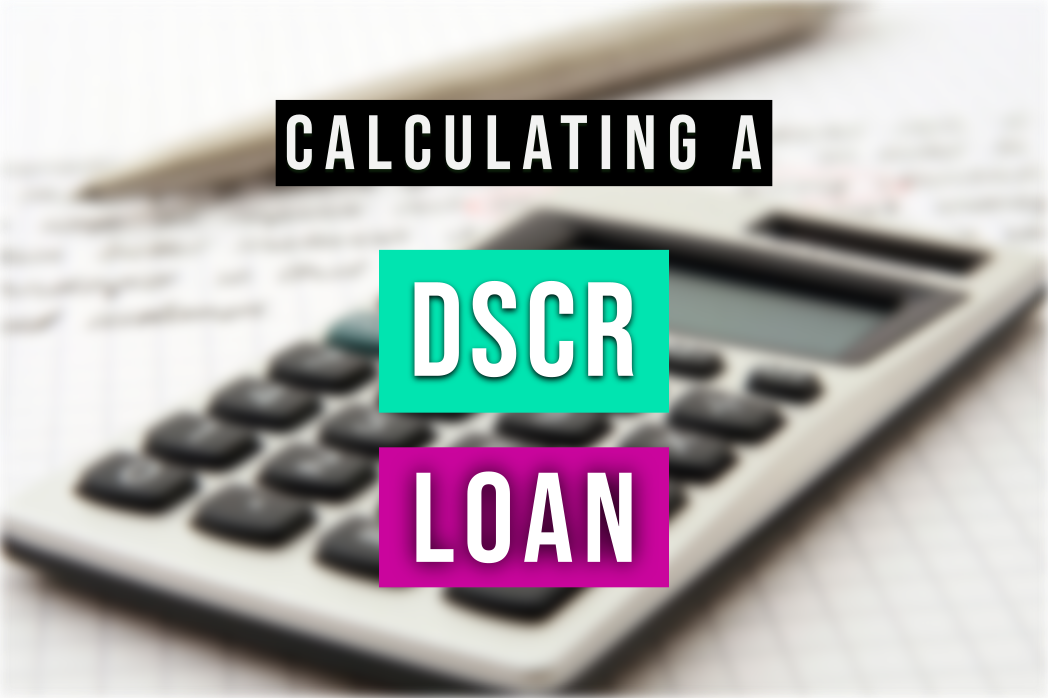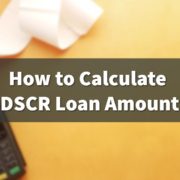How to Calculate a DSCR Loan Ratio
Categories: Blog Posts
Could this be the right leverage for your deal? Here’s how to calculate a DSCR loan.
“DSCR” stands for “debt service coverage ratio.” It’s a number that explains cash flow, or money coming in vs money going out.
In a real estate rental situation, there are two important numbers to figure out this ratio:
- Income – rent from tenants.
- Expenses – mortgage principal and interest, taxes, insurance, and any HOA fees.
What Ratio Do DSCR Lenders Take?
If your income 100% covers your expenses with none left over, that’s a ratio of 1:1. Most DSCR lenders require 1:1 as a standard minimum.
Some lenders will go as low as .75, which is called no ratio. That’s if your income from your rental leaves 25% of the property’s expenses left over.
But the ideal use of a DSCR loan is when you have a higher ratio. This would mean your rent is higher than your expenses, and your property has positive cash flow.
How Do You Calculate the DSCR?
So now you understand what the ratio is… But how do you calculate your DSCR ratio?
You need the two numbers:
- The rent you’ll charge (income)
- Mortgage principal and interest, taxes, insurance, and HOA fees (expenses)
Note: utilities and property management costs are not considered expenses on a DSCR loan.
Once you add up your expenses, you have to find out if your rent covers them. To get the ratio number, you divide income by expenses.
DSCR Loan Calculation Example
Here’s a simple example.
Let’s say you have a single-family property, and the interest and mortgage is $1,000/month. Taxes are $250, property insurance is $150, and there are no HOA fees.
Your total monthly expenses adds up to $1,400.
Now let’s say the rent you can charge based on your property’s location is $1,600.
So, you can divide $1,600 (income) by $1,400 (expenses). You get a ratio of 1.14.
A 1:1 ratio (the typical minimum) can also be called 1. So our 1.14 is higher than the minimum. With a ratio higher than one, you’ll have a much better shot at finding a DSCR lender who will work with you.
If the market in our example went up, maybe you could charge $2,000/month for rent. If your expenses were still $1,400, your ratio would be 1.42. With that ratio, you could likely get a bigger loan and lower rate.
The higher your ratio, the better your opportunities for rates and terms. The lender sees it like this: the more income coming into the property, the more guaranteed it is you’ll pay them back.
Using a DSCR Loan Calculator
If you’d rather skip the manual math, you can download our simple, free DSCR loan calculator here.
Read the full article here.
Watch the video here:
https://youtu.be/W7-P0YL_yU0











